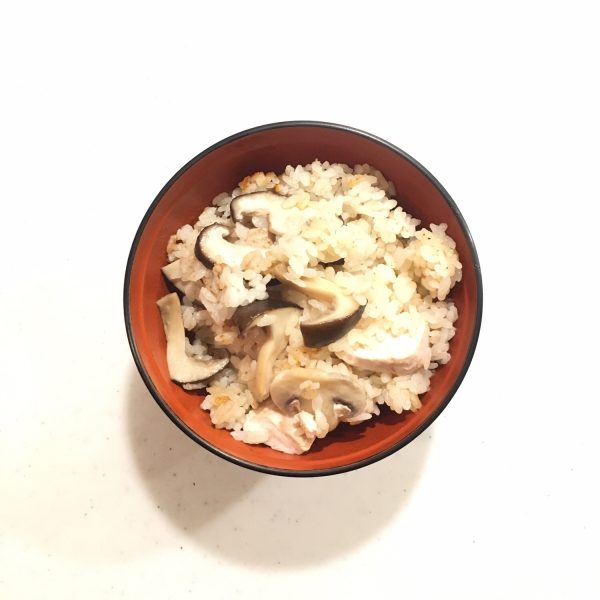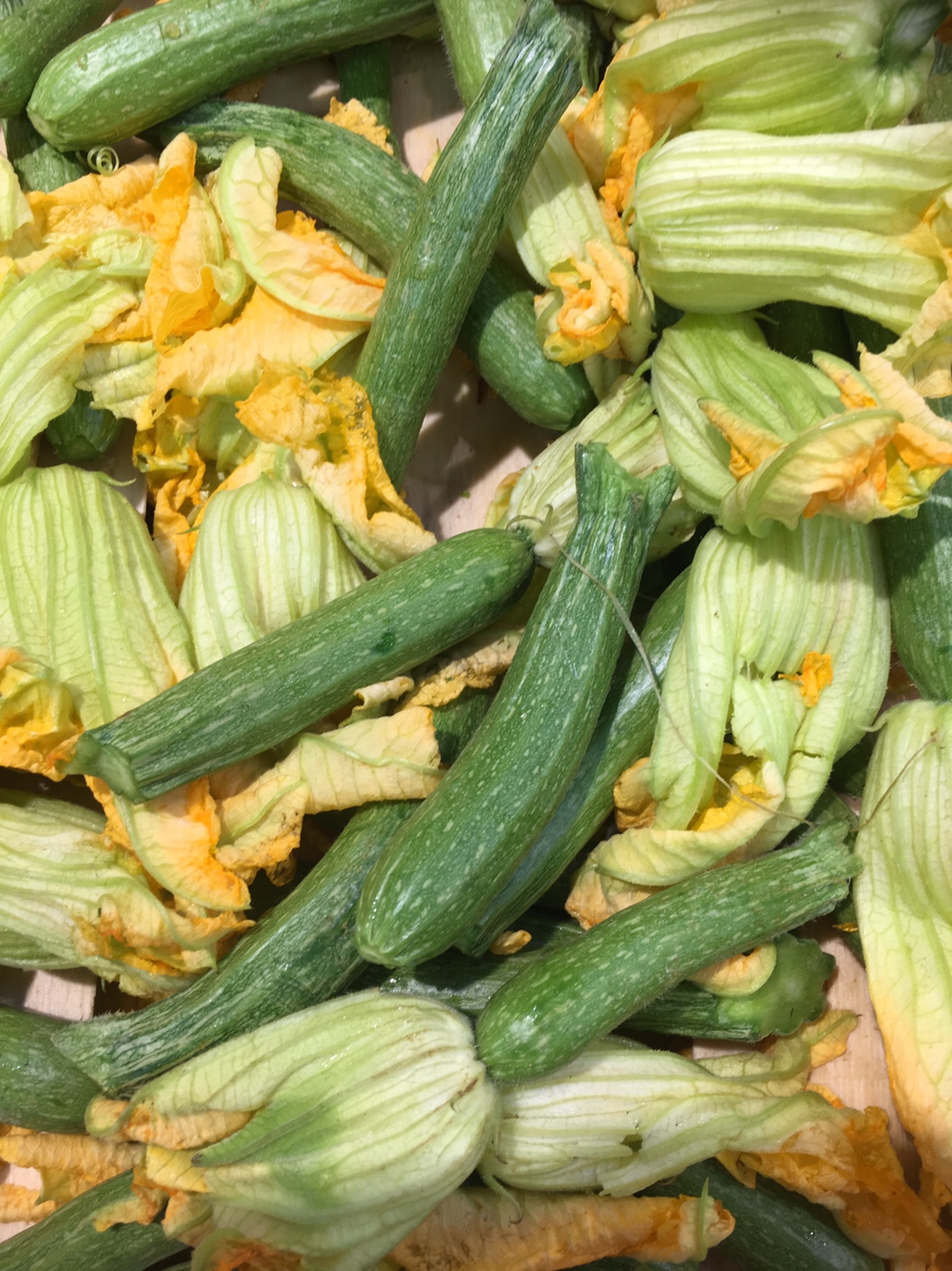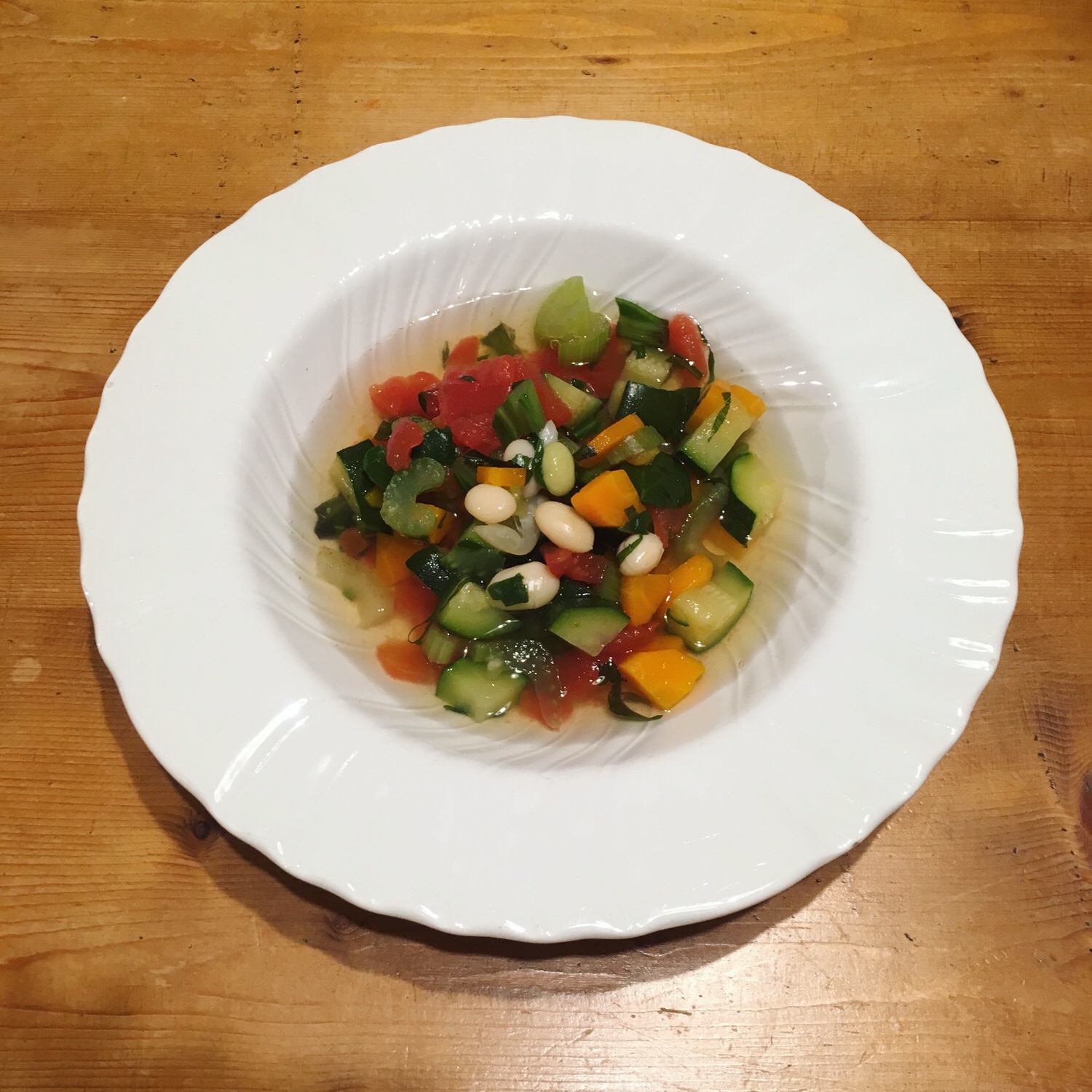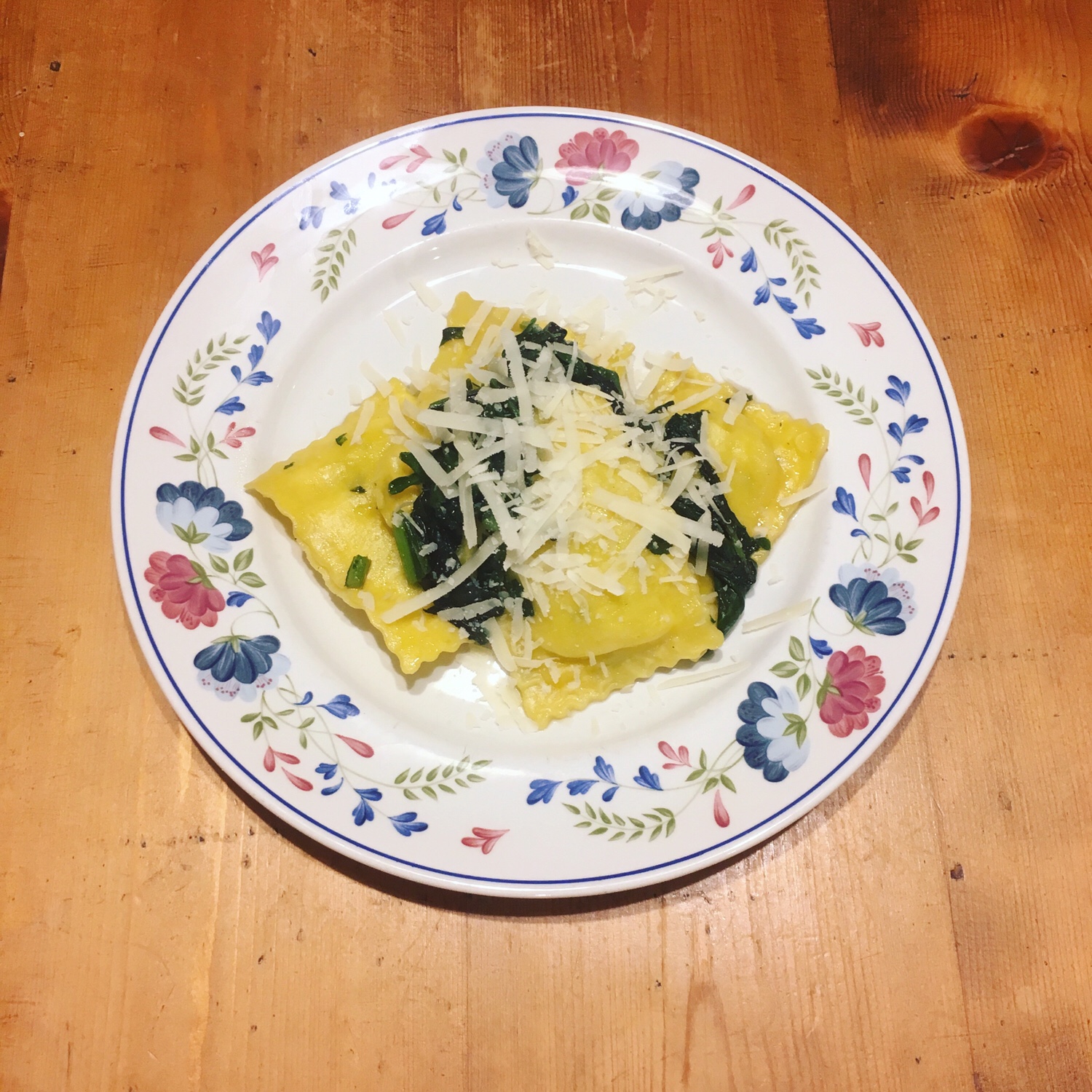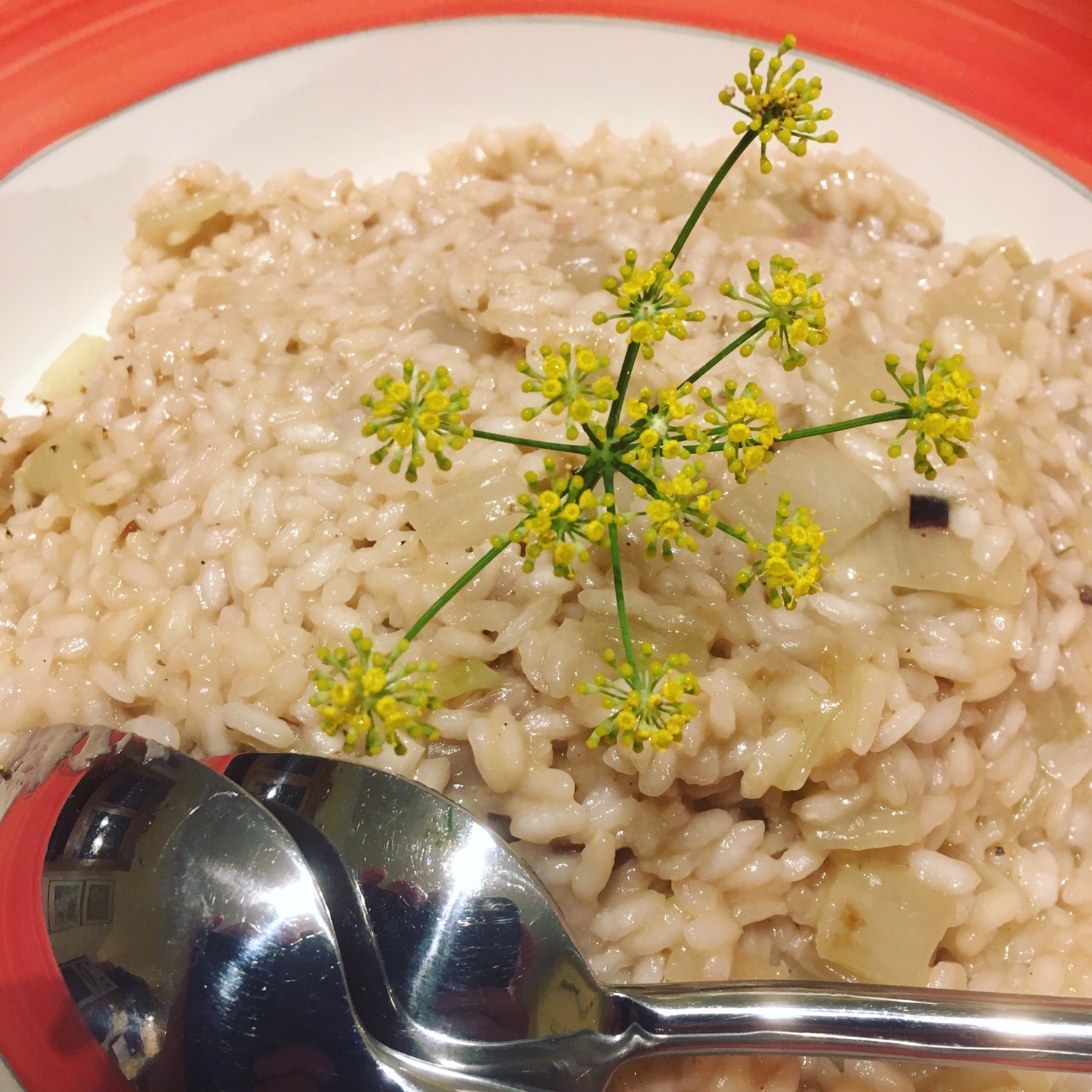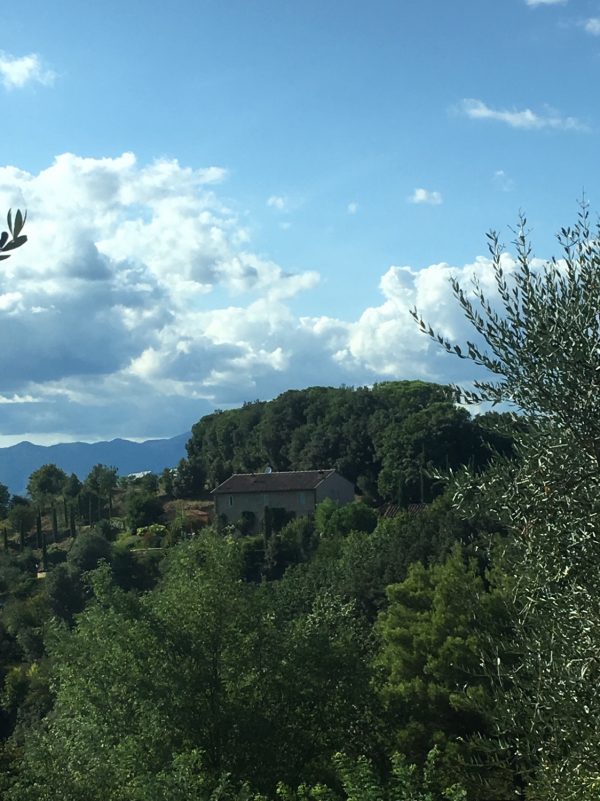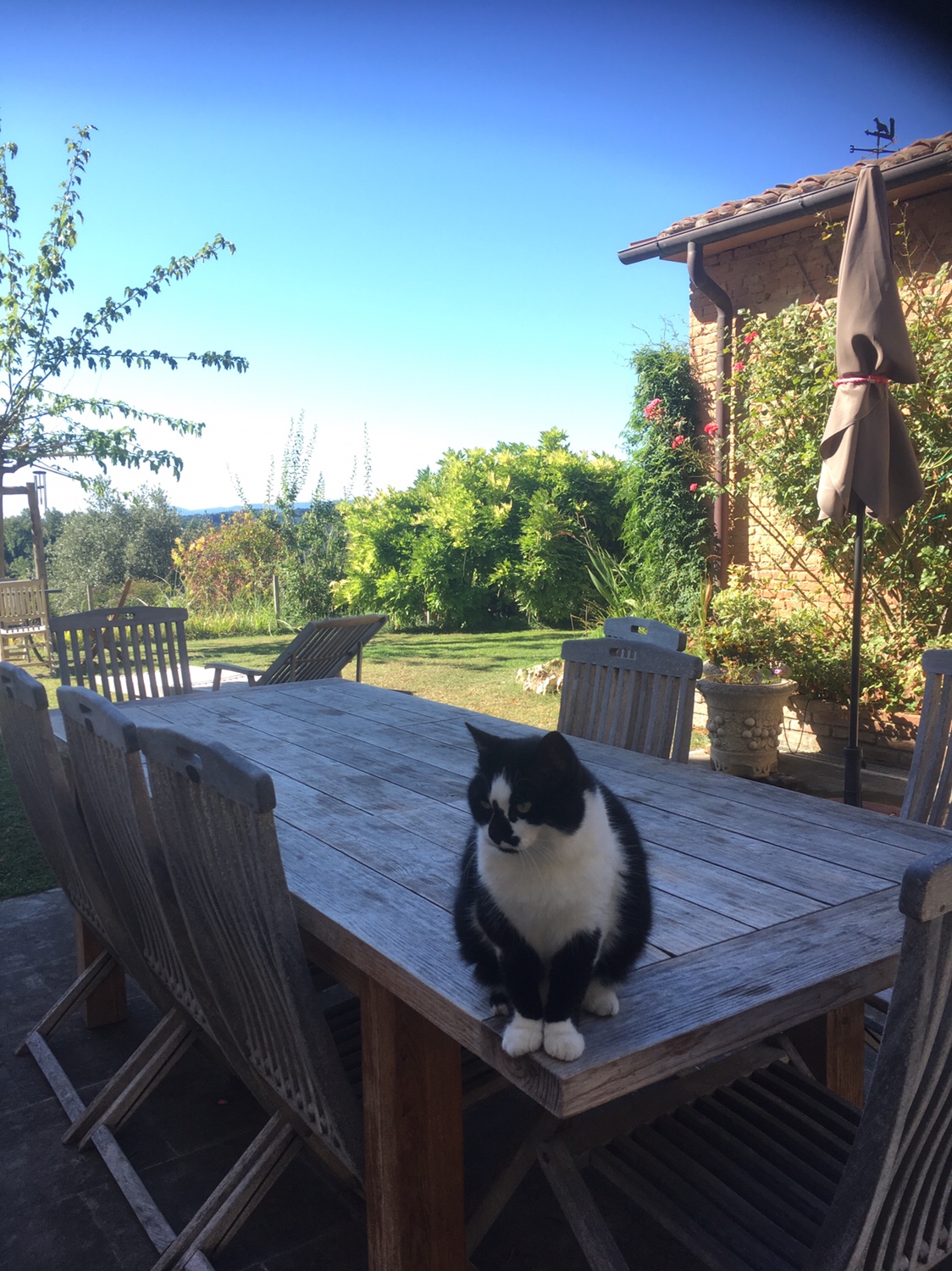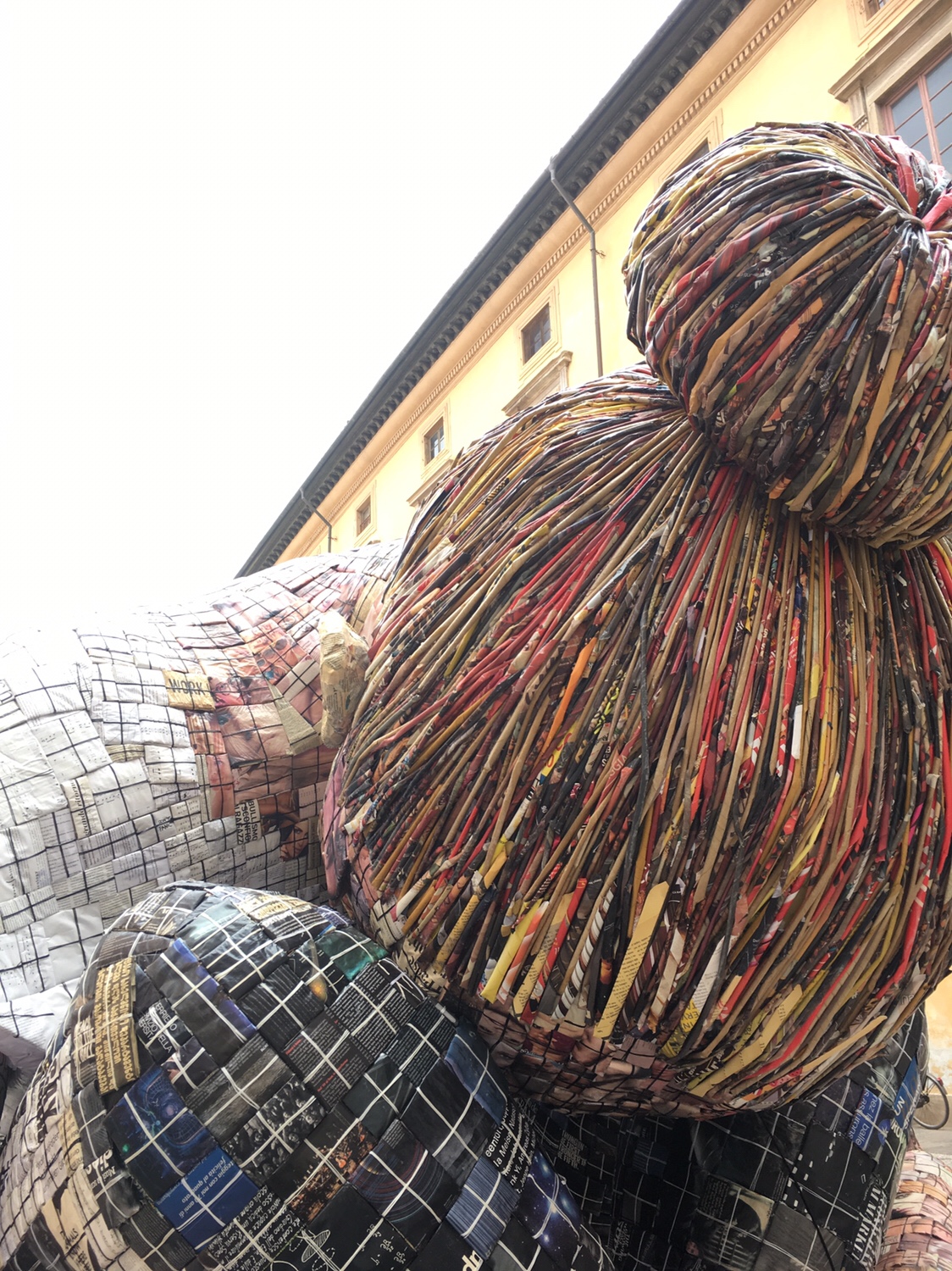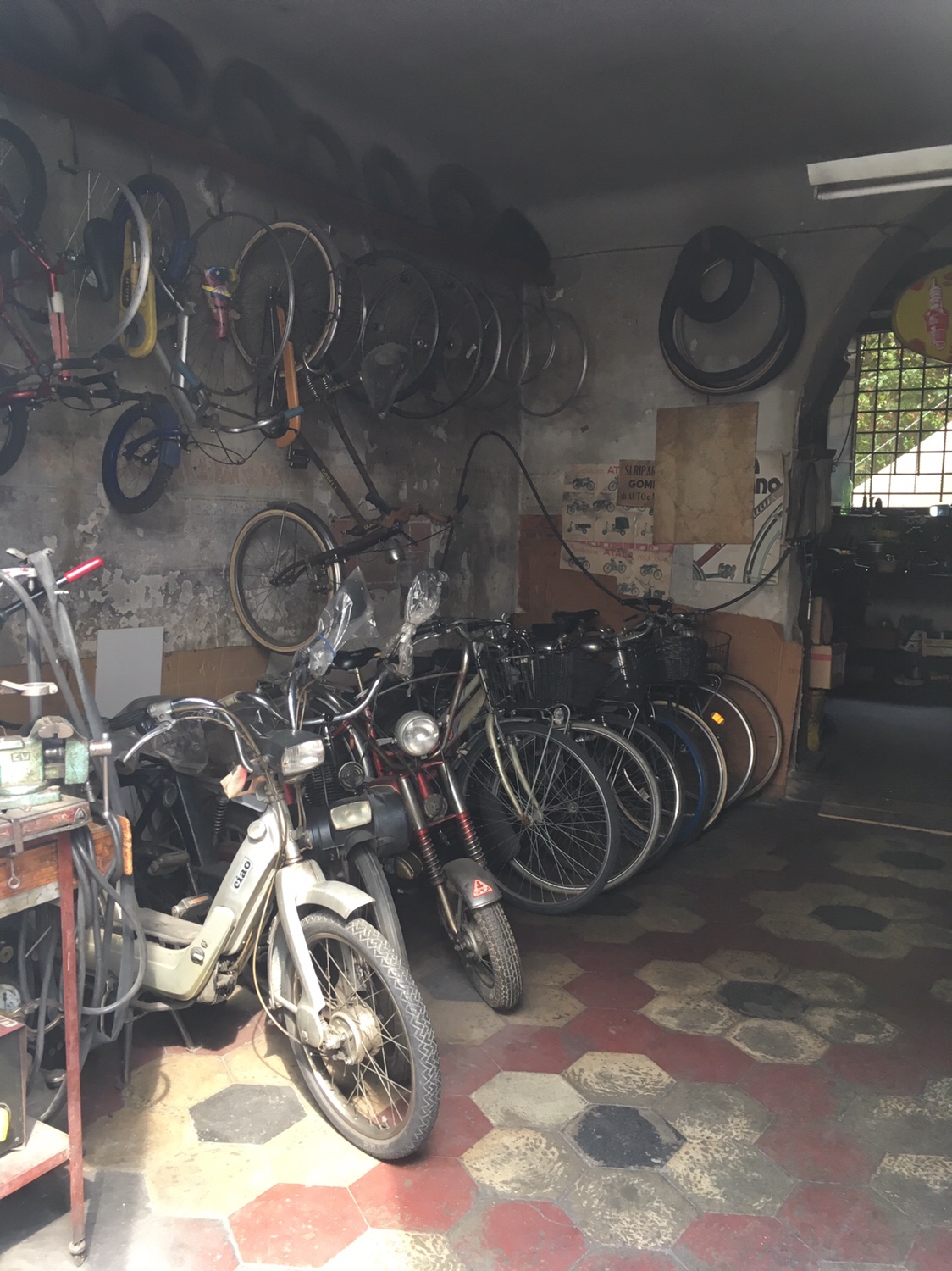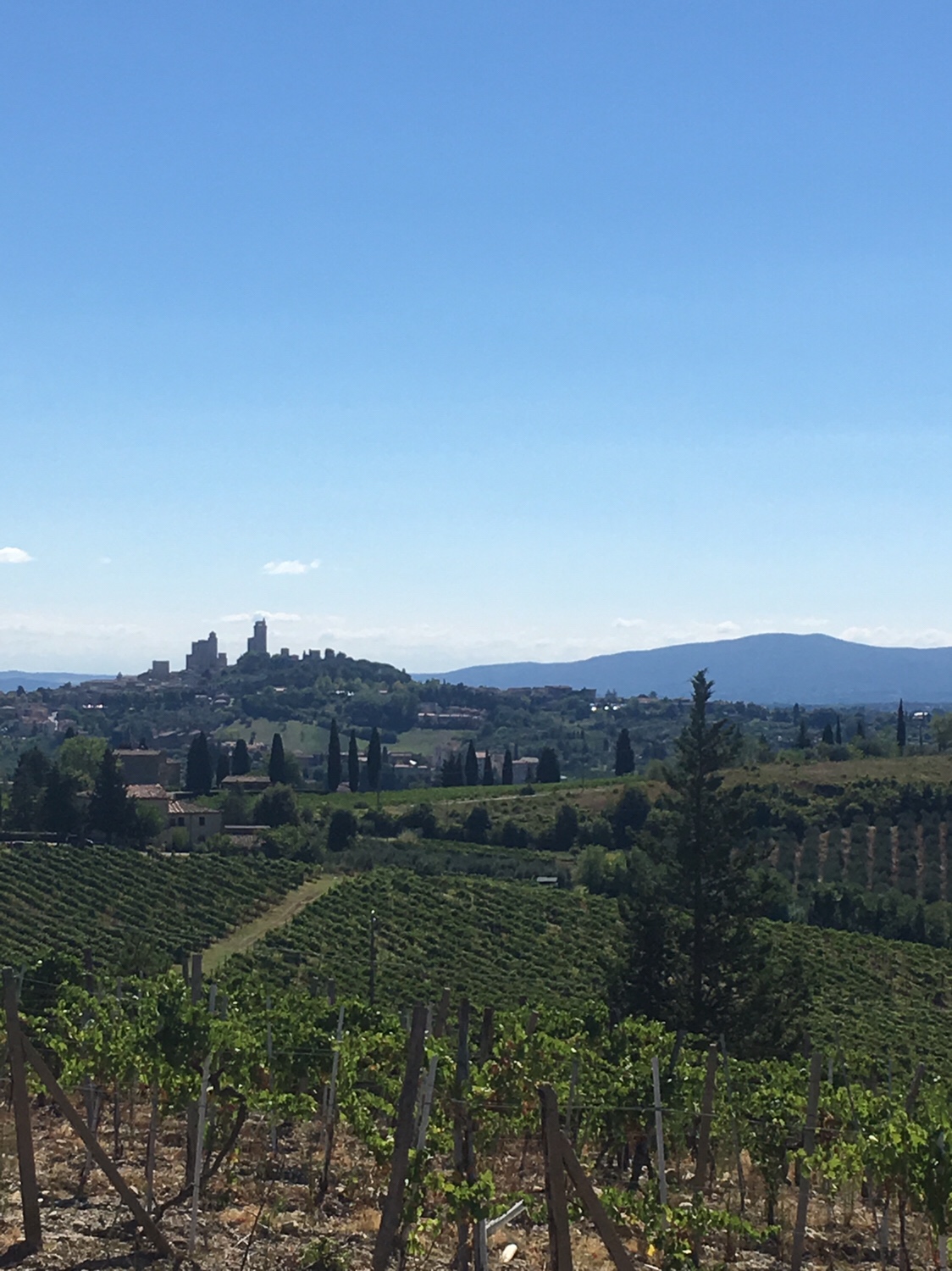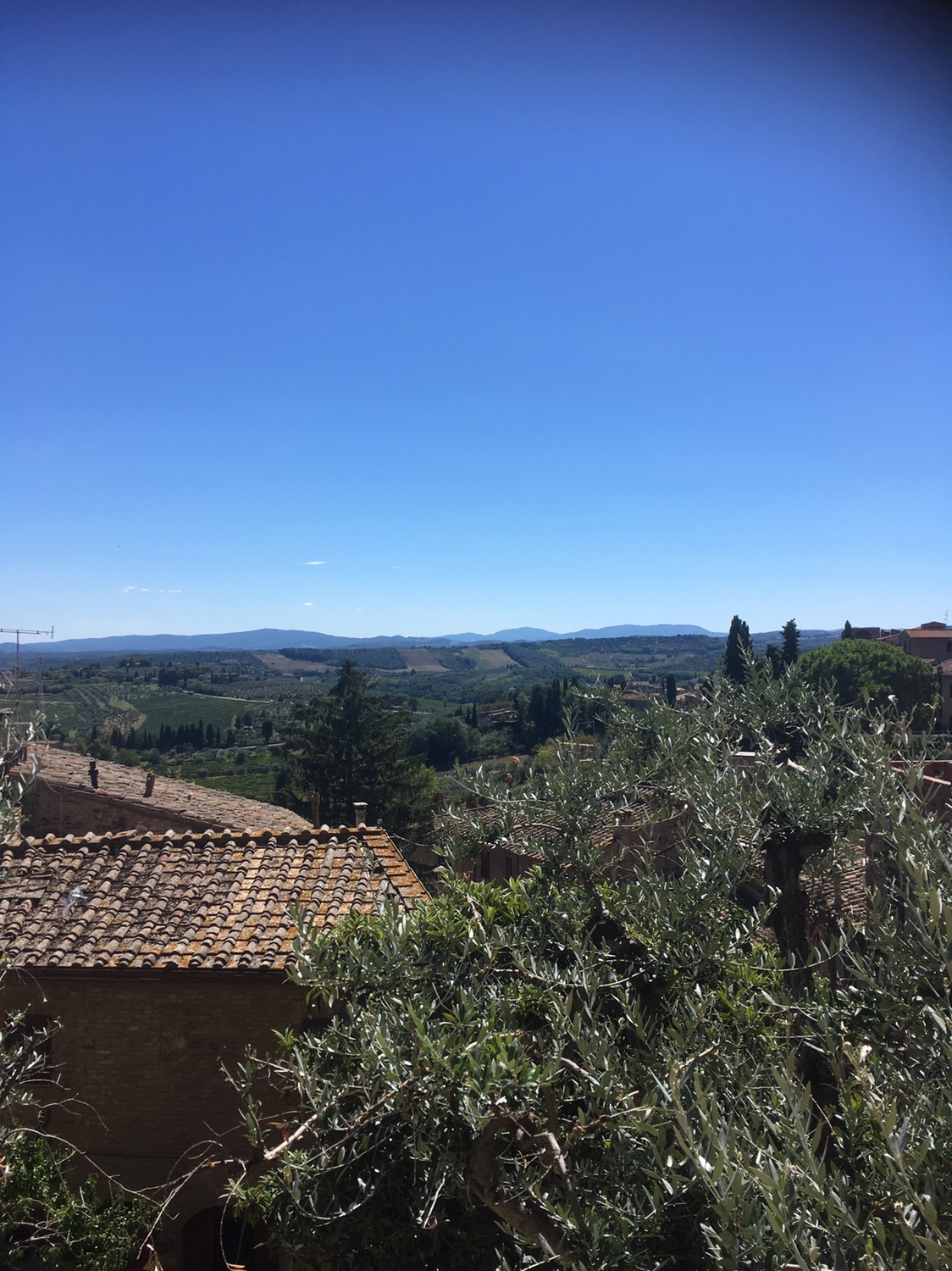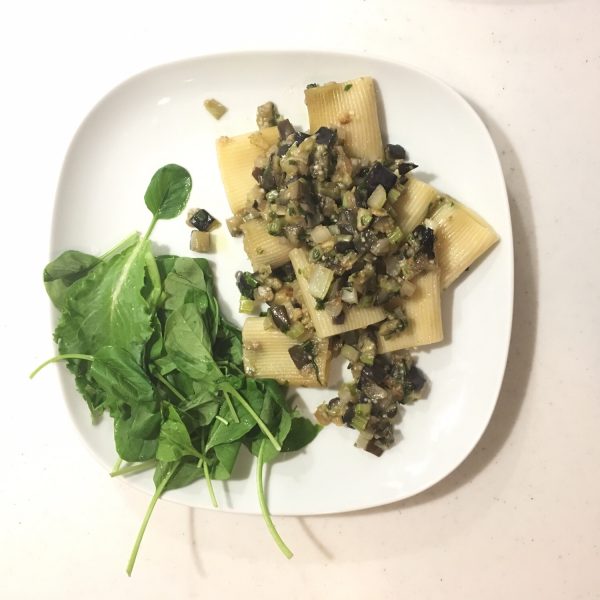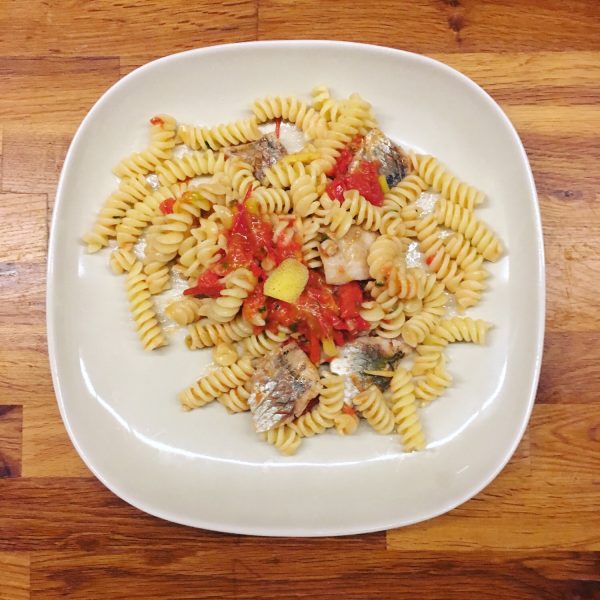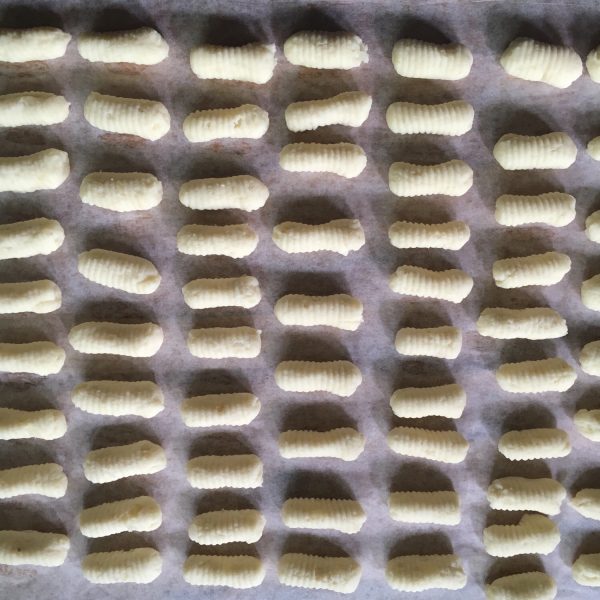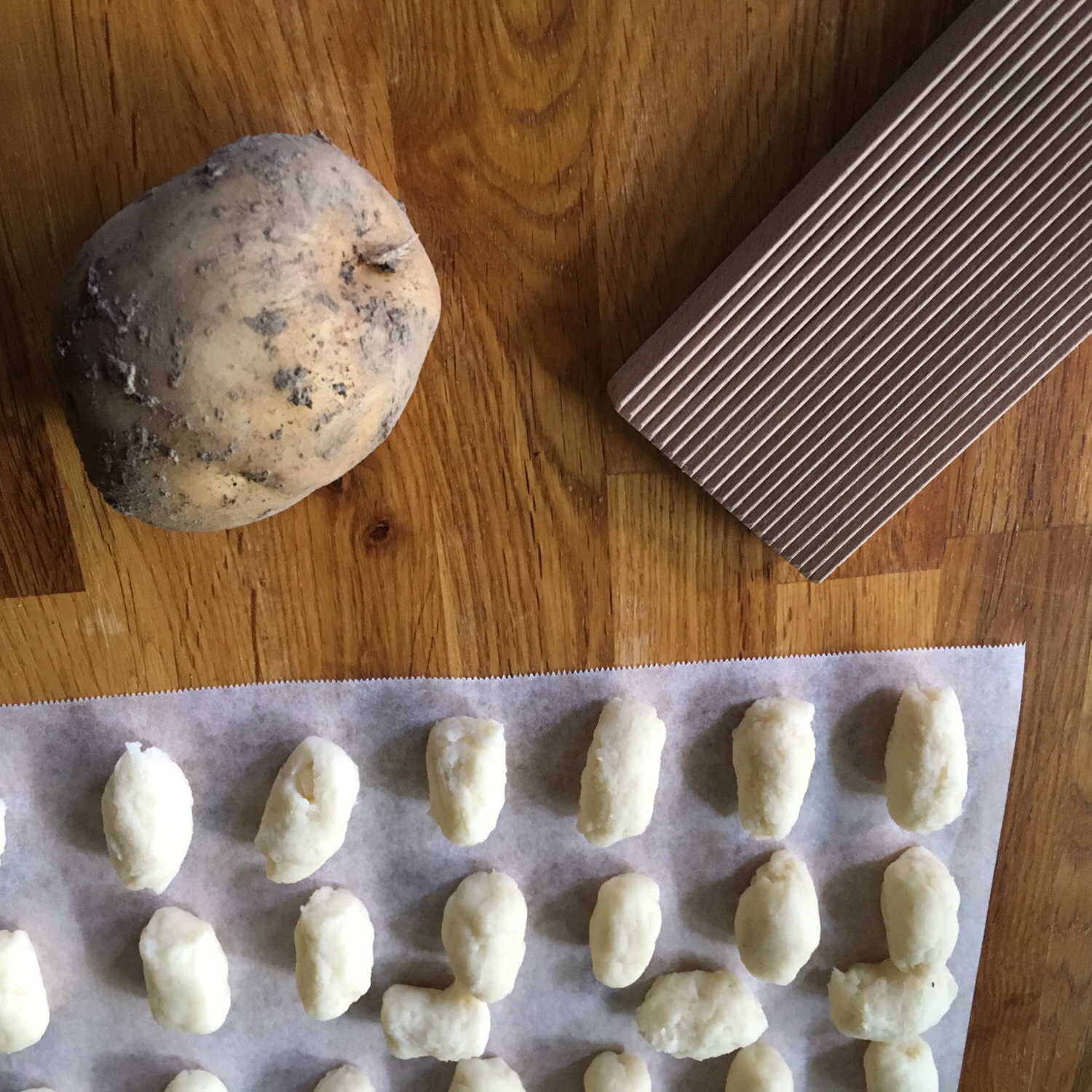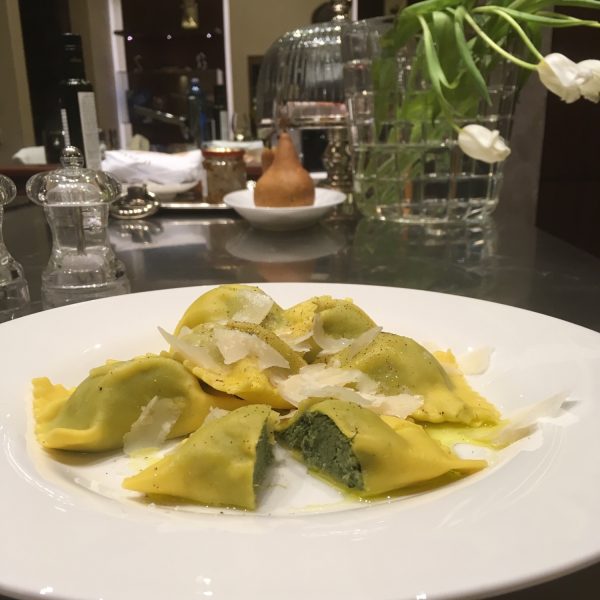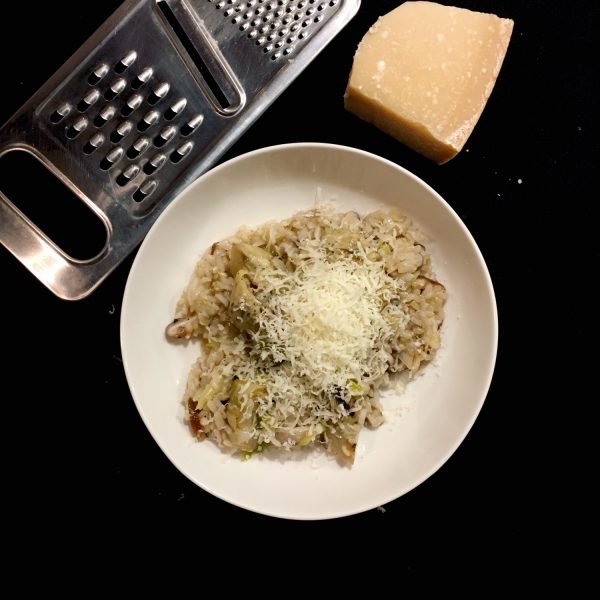Though it’s still hot in Tokyo, evenings are getting chillier and mushrooms are proliferating on the market shelves… impossible to resist to the temptation and difficult anyway to shop something else as the summer vegetables are finished and there is little transition between the summer vegetables and the autumn ones. It’s either okra and tomatoes or mushrooms and pumpkins or other orange squashes. So mushrooms are a way to slowly enter the new season.
I love the classic chicken and mushroom takikomi gohan and always tale the opportunity to cook some when I miss Japanese food. It is so simple. And it is good hot or cold, so it makes the perfect content for a lunch box.
But mushrooms are also delicious with pasta! And to try the delicious pine nuts from Pisa I decidedly to make a JapanesexItalian recipe with linguine. And because mushroom only may be boring, I added burdock for it has a little bit the taste of artichokes and makes a rather nice replacement (though it doesn’t have the tenderness). So here is my new recipe!
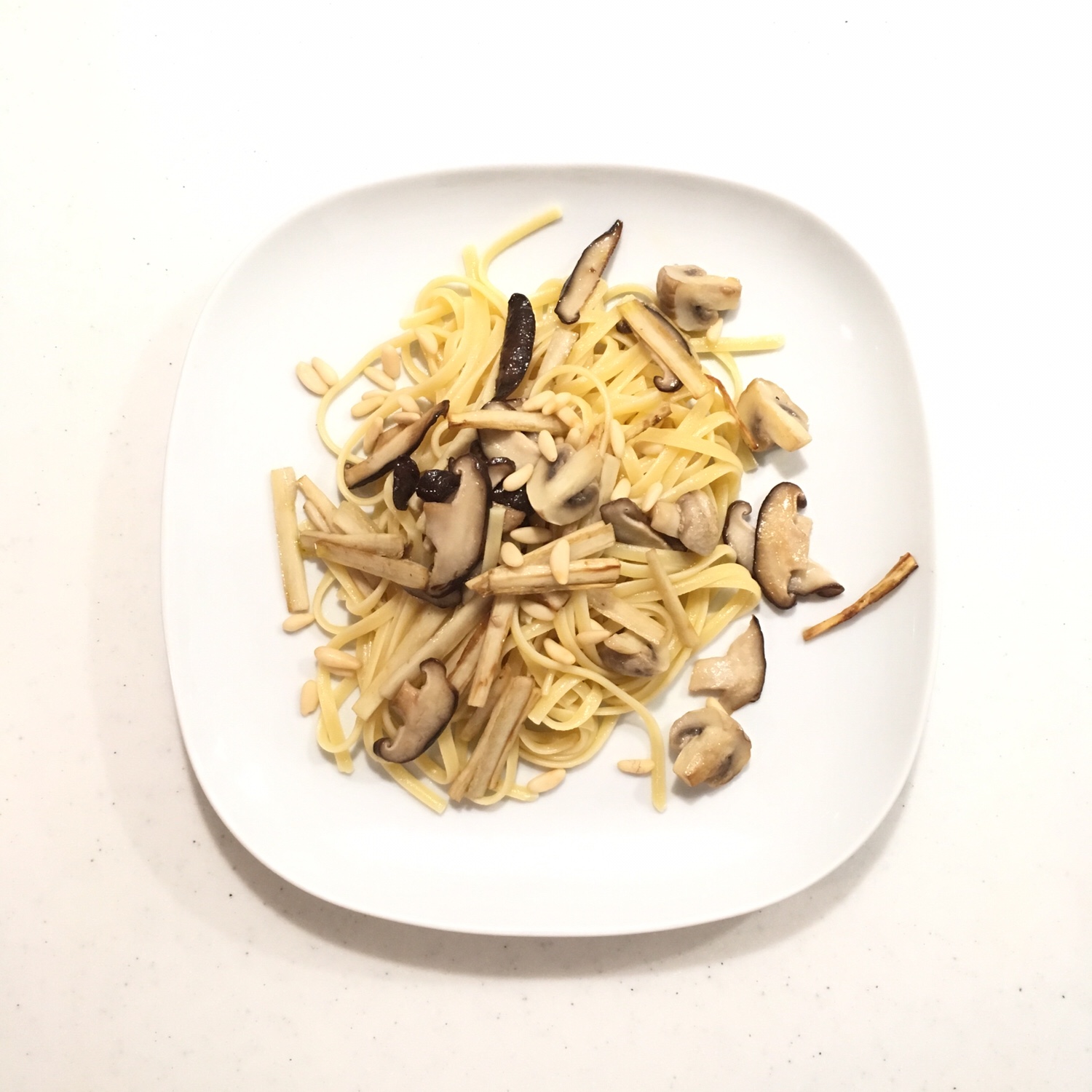
Linguine for the early autumn (for 2 people as main)
– 120g of dry linguine
– 4 shiitake
– 4 white mushrooms
– 1/2 burdock
– 1 handful of pine nuts
– olive oil
Wash and cut the mushrooms. I like to cut the different types in different shape for a nice texture and taste experience. Peel and cut in small sticks the burdock. In a heated pan with olive oil cook all the vegetables. Add the pine nuts. Boil the pasta as you like them, drain and add in the pan, add a little olive, salt and pepper if you like and stir well before serving. Enjoy!
